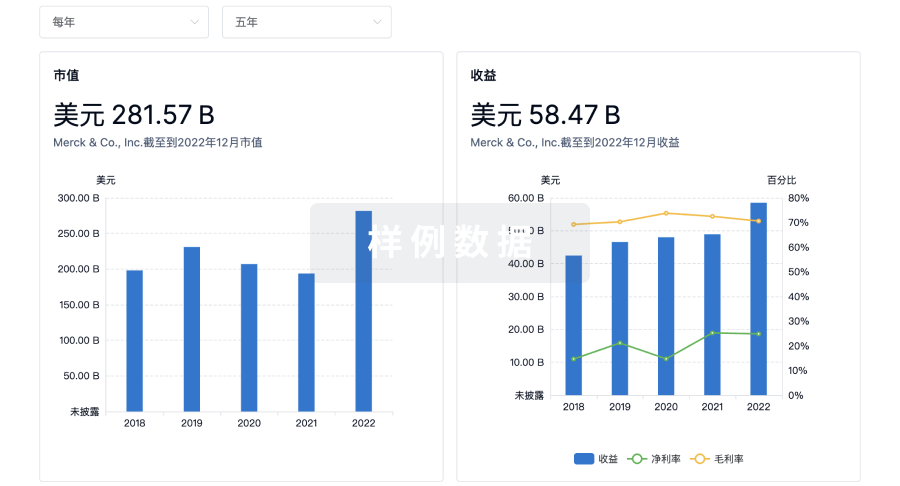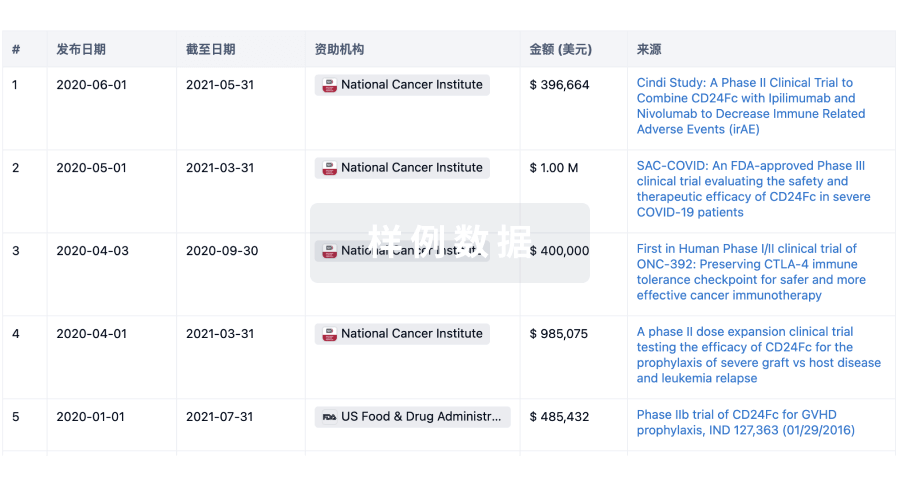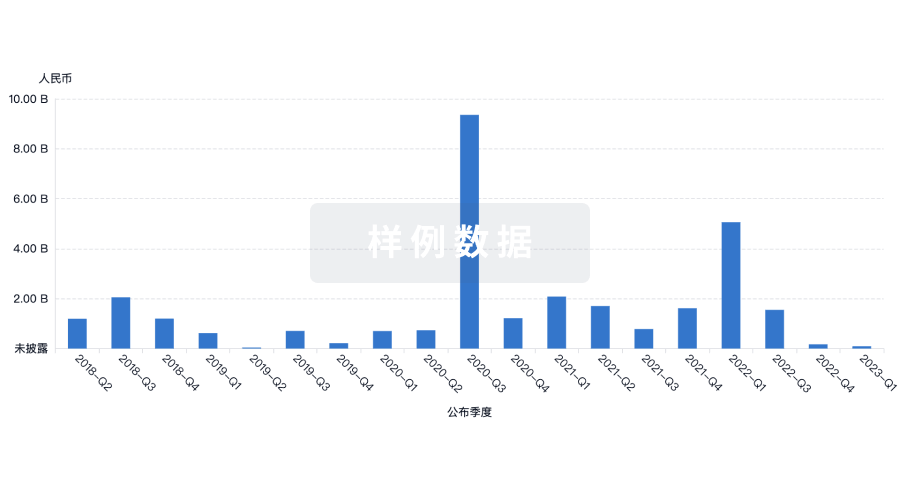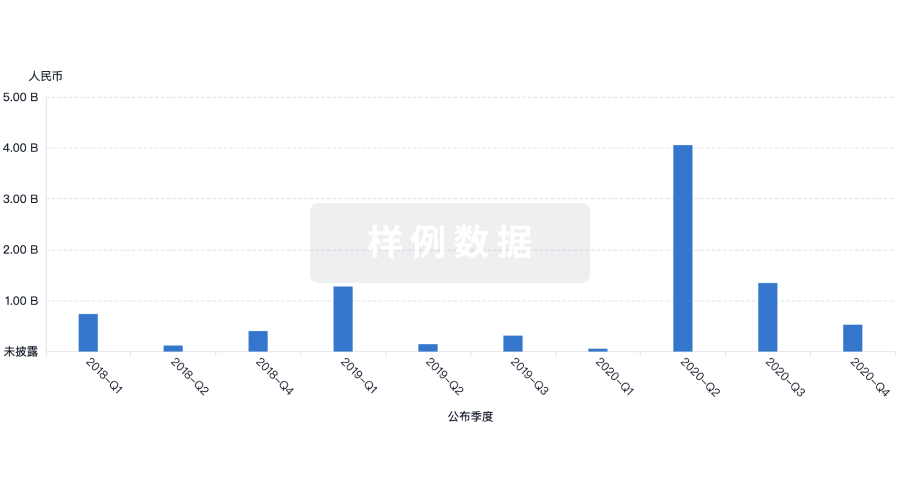预约演示
更新于:2025-04-05
The Second People's Hospital of Hunan Province
湖南省第二人民医院(湖南省脑科医院)|
中国湖南省
湖南省第二人民医院(湖南省脑科医院)|
中国湖南省
更新于:2025-04-05
概览
标签
消化系统疾病
肿瘤
化学药
疾病领域得分
一眼洞穿机构专注的疾病领域
暂无数据
技术平台
公司药物应用最多的技术
暂无数据
靶点
公司最常开发的靶点
暂无数据
| 排名前五的药物类型 | 数量 |
|---|---|
| 化学药 | 1 |
| 排名前五的靶点 | 数量 |
|---|---|
| Malondialdehyde(丙二醛) | 1 |
关联
1
项与 湖南省第二人民医院(湖南省脑科医院) 相关的药物2
项与 湖南省第二人民医院(湖南省脑科医院) 相关的临床试验NCT02397655
Screening Carotid Artery and Intracranial Arteries by Ultrasound in Chinese Population With Transient Ischemic Attack and Ischemic Stroke: a Multi-center Registry Study
The purpose of this multicenter study is to investigate the extra-/intra-cranial atherosclerosis distribution pattern in chinese populations with transient ischemic attack and ischemic stroke and analyze the influencing factors of atherosclerosis distribution pattern.
开始日期2015-06-01 |
申办/合作机构 首都医科大学宣武医院 [+15] |
NCT00654576
Effectiveness of Antipsychotic Combination With Psychosocial Intervention on Outcome of Patients With Schizophrenia:One-Year Follow up.
Antipsychotic alone is limit to improve the overall outcome of schizophrenia and has a high discontinue rate.To solve these problems, we provide practical and available psychosocial intervention. We hypothesize that there will be significant difference in the overall effectiveness between antipsychotic and antipsychotic combination with psychosocial intervention.
开始日期2005-02-01 |
申办/合作机构  中南大学 中南大学 [+6] |
100 项与 湖南省第二人民医院(湖南省脑科医院) 相关的临床结果
登录后查看更多信息
0 项与 湖南省第二人民医院(湖南省脑科医院) 相关的专利(医药)
登录后查看更多信息
12
项与 湖南省第二人民医院(湖南省脑科医院) 相关的文献(医药)2025-03-10·International Journal of Stem Cells
PML Regulated HIF1AN Ubiquitination and Activated PI3K/AKT Pathway to Promote Bone Marrow Mesenchymal Stem Cells Osteogenic Differentiation
Article
作者: Shu, Zi-Zhen ; Zhou, Xian-Pei ; Li, Qi-Wei ; Liu, Yang
Osteoporosis (OP) is a metabolic disease caused by osteogenesis and bone resorption disorders. Promyelocytic leukemia protein (PML) was a vital regulator of cellular functions. However, the function of PML in OP remains unknown. Our research aimed to illustrate the molecular mechanism of PML in bone marrow mesenchymal stem cells (BMSCs) osteogenic differentiation. The BMSCs were identified by using flow cytometry analysis. The osteoblast differentiation ability of BMSCs was assessed through using alkaline phosphatase and Alizarin red S stainings. The relationship between hypoxia-inducible factor-1α (HIF1α) and superoxide dismutase 3 (SOD3) were confirmed by using chromatin immunoprecipitation and dual-luciferase reporter assays. The binding association between PML and hypoxia-inducible factor 1α inhibitor (HIF1AN) proteins was verified by using co-immunoprecipitation assay and immunofluorescence staining. Western blot was used for protein detection. PML was up-regulated in osteogenic differentiation of BMSCs. Functionally, PML negatively regulated HIF1AN expression by enhancing HIF1AN ubiquitination degradation. PML knockdown or HIF1AN up-regulation suppressed the osteogenic differentiation of BMSCs. Furthermore, HIF1α directly bound to the SOD3 promoter region. PML or SOD3 overexpression remarkably promoted the BMSCs osteoblast differentiation under osteogenic medium, which was reversed by LY294002. PML acts as a significant regulator in the BMSCs osteogenic differentiation by regulating the HIF1AN/HIF1α/SOD3 axis and phosphatidylinositol 3 kinase/ protein kinase B pathway.
2025-01-06·Theranostics
TBX3 shapes an immunosuppressive microenvironment and induces immunotherapy resistance
Article
作者: He, Yunbo ; Chen, Jinbo ; Zhang, Chunyu ; Liu, Zhi ; Yi, Zhenglin ; Huang, Jinliang ; Zhang, Jun ; Hu, Jiao ; Li, Huihuang ; Chen, Mingfeng ; Xiao, Jiatong ; Zu, Xiongbing ; Fan, Benyi ; Li, Yixiao ; Liang, Haisu ; Deng, Dingshan ; Liu, Fenglian ; Ren, Peng ; Cai, Zhiyong
Background: Identifying biomarkers that predict immunotherapy efficacy and discovering new targets for combination therapies are critical elements for improving the prognosis of bladder cancer (BLCA) patients. Methods: Firstly, we explored the expression patterns of TBX3 in normal and pan-cancer tissues and the correlation between TBX3 and the immune microenvironment using data from multiple public databases. Then, we combined various techniques, including bulk RNA sequencing, single-cell RNA sequencing, high-throughput cytokine arrays, functional experiments, ProcartaPlex multiplex immunoassays and TissueFAXS panoramic tissue quantification assays, to demonstrate that TBX3 shapes an immunosuppressive tumor microenvironment (TME) in BLCA. Results: We identified TBX3 as a key factor associated with the immunosuppressive microenvironment in BLCA through a systematic multi-omics analysis. We found that TBX3 is primarily expressed in malignant cells, where TBX3high tumor cells increase the secretion of TGFβ1, which promotes the infiltration of cancer-associated fibroblasts (CAFs), thereby forming an immunosuppressive microenvironment. We further demonstrated that TBX3 enhances TGFβ1 expression by binding to the TGFβ1 promoter, and blocking TGFβ1 counteracts the immunosuppressive effects of TBX3. Moreover, TBX3 reduced the cancer-killing efficiency of CD8+ T cells by decreasing the proportion of GZMB+ CD8+ T cells, and knocking down TBX3 combined with anti-PD-1 treatment increased CD8+ T cell infiltration and reduced CAFs in vivo. We also validated the inverse relationship between TBX3+ malignant cells and CD8+ T cells and the positive relationship with CAFs in tissue microarrays. Lastly, we found that TBX3 predicted immunotherapy efficacy in our real-world immunotherapy cohort and multiple public cohorts. Conclusion: In summary, TBX3 promotes BLCA progression and immunotherapy resistance by inducing an immunosuppressive microenvironment, and targeting TBX3 could enhance the efficacy of immunotherapy for BLCA.
2024-12-31·RENAL FAILURE
Significance of pyroptosis-related genes in the diagnosis and classification of diabetic kidney disease
Article
作者: Yuan, Xinke ; Huang, Yixiong
OBJECTIVE:
This study aimed to identify the potential biomarkers associated with pyroptosis in diabetic kidney disease (DKD).
METHODS:
Three datasets from the Gene Expression Omnibus (GEO) were downloaded and merged into an integrated dataset. Differentially expressed genes (DEGs) were filtered and intersected with pyroptosis-related genes (PRGs). Pyroptosis-related DEGs (PRDEGs) were obtained and analyzed using functional enrichment analysis. Random forest, Least Absolute Shrinkage and Selection Operator, and logistic regression analyses were used to select the features of PRDEGs. These feature genes were used to build a diagnostic prediction model, identify the subtypes of the disease, and analyze their interactions with transcription factors (TFs)/miRNAs/drugs and small molecules. We conducted a comparative analysis of immune cell infiltration at different risk levels of pyroptosis. qRT-PCR was used to validate the expression of the feature genes.
RESULTS:
A total of 25 PRDEGs were obtained. These genes were coenriched in biological processes and pathways, such as the regulation of inflammatory responses. Five key genes (CASP1, CITED2, HTRA1, PTGS2, S100A12) were identified and verified using qRT-PCR. The diagnostic model based on key genes has a good diagnostic prediction ability. Five key genes interacted with TFs and miRNAs in 67 and 80 pairs, respectively, and interacted with 113 types of drugs or molecules. Immune infiltration of samples with different pyroptosis risk levels showed significant differences. Thus, CASP1, CITED2, HTRA1, PTGS2 and S100A12 are potential DKD biomarkers.
CONCLUSION:
Genes that regulate pyroptosis can be used as predictors of DKD. Early diagnosis of DKD can aid in its effective treatment.
100 项与 湖南省第二人民医院(湖南省脑科医院) 相关的药物交易
登录后查看更多信息
100 项与 湖南省第二人民医院(湖南省脑科医院) 相关的转化医学
登录后查看更多信息
组织架构
使用我们的机构树数据加速您的研究。
登录
或

管线布局
2025年04月05日管线快照
管线布局中药物为当前组织机构及其子机构作为药物机构进行统计,早期临床1期并入临床1期,临床1/2期并入临床2期,临床2/3期并入临床3期
临床前
1
登录后查看更多信息
当前项目
| 药物(靶点) | 适应症 | 全球最高研发状态 |
|---|---|---|
Oligomeric proanthocyanidin ( Malondialdehyde ) | 肝癌 更多 | 临床前 |
登录后查看更多信息
药物交易
使用我们的药物交易数据加速您的研究。
登录
或

转化医学
使用我们的转化医学数据加速您的研究。
登录
或

营收
使用 Synapse 探索超过 36 万个组织的财务状况。
登录
或

科研基金(NIH)
访问超过 200 万项资助和基金信息,以提升您的研究之旅。
登录
或

投资
深入了解从初创企业到成熟企业的最新公司投资动态。
登录
或

融资
发掘融资趋势以验证和推进您的投资机会。
登录
或

来和芽仔聊天吧
立即开始免费试用!
智慧芽新药情报库是智慧芽专为生命科学人士构建的基于AI的创新药情报平台,助您全方位提升您的研发与决策效率。
立即开始数据试用!
智慧芽新药库数据也通过智慧芽数据服务平台,以API或者数据包形式对外开放,助您更加充分利用智慧芽新药情报信息。
生物序列数据库
生物药研发创新
免费使用
化学结构数据库
小分子化药研发创新
免费使用
